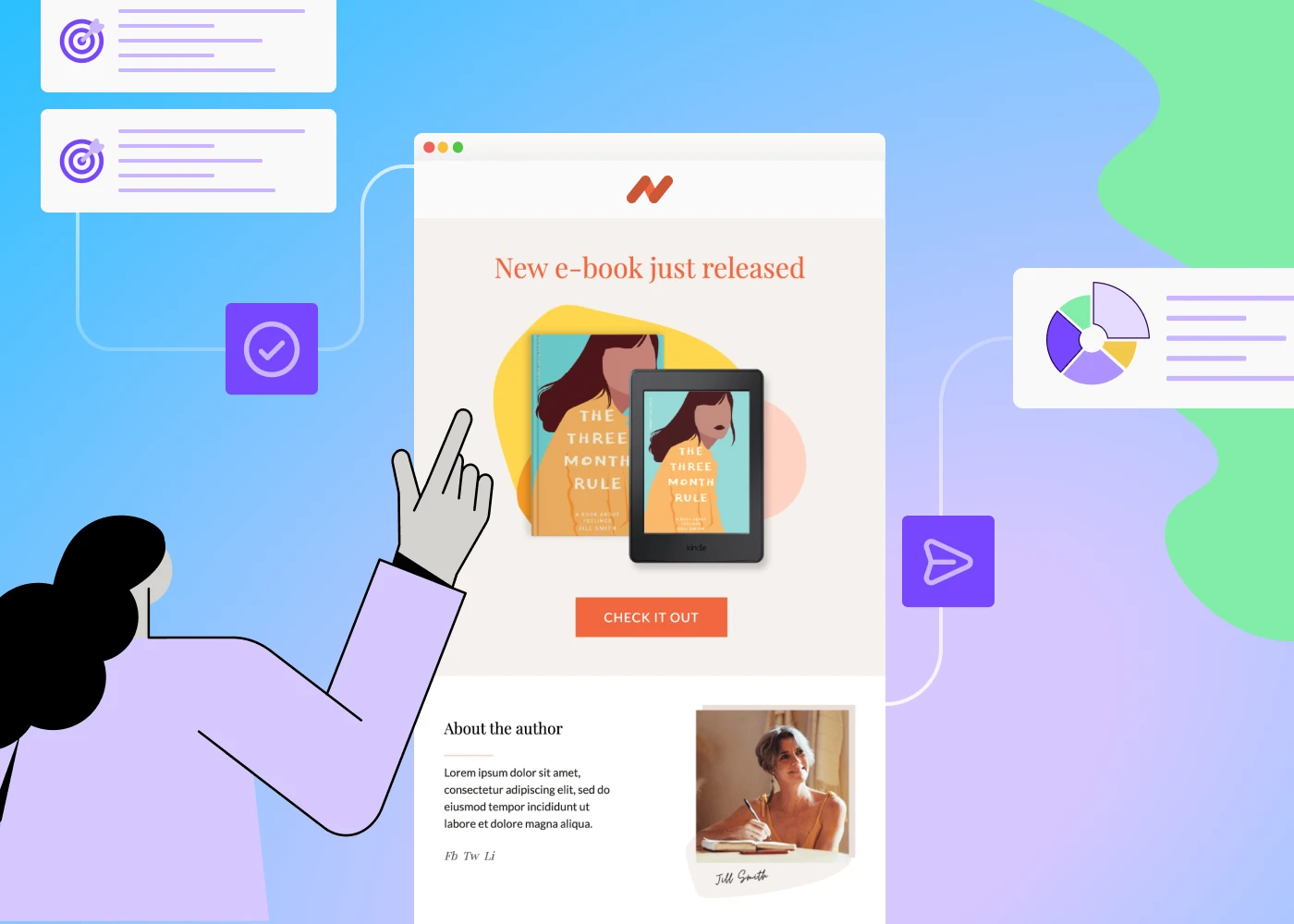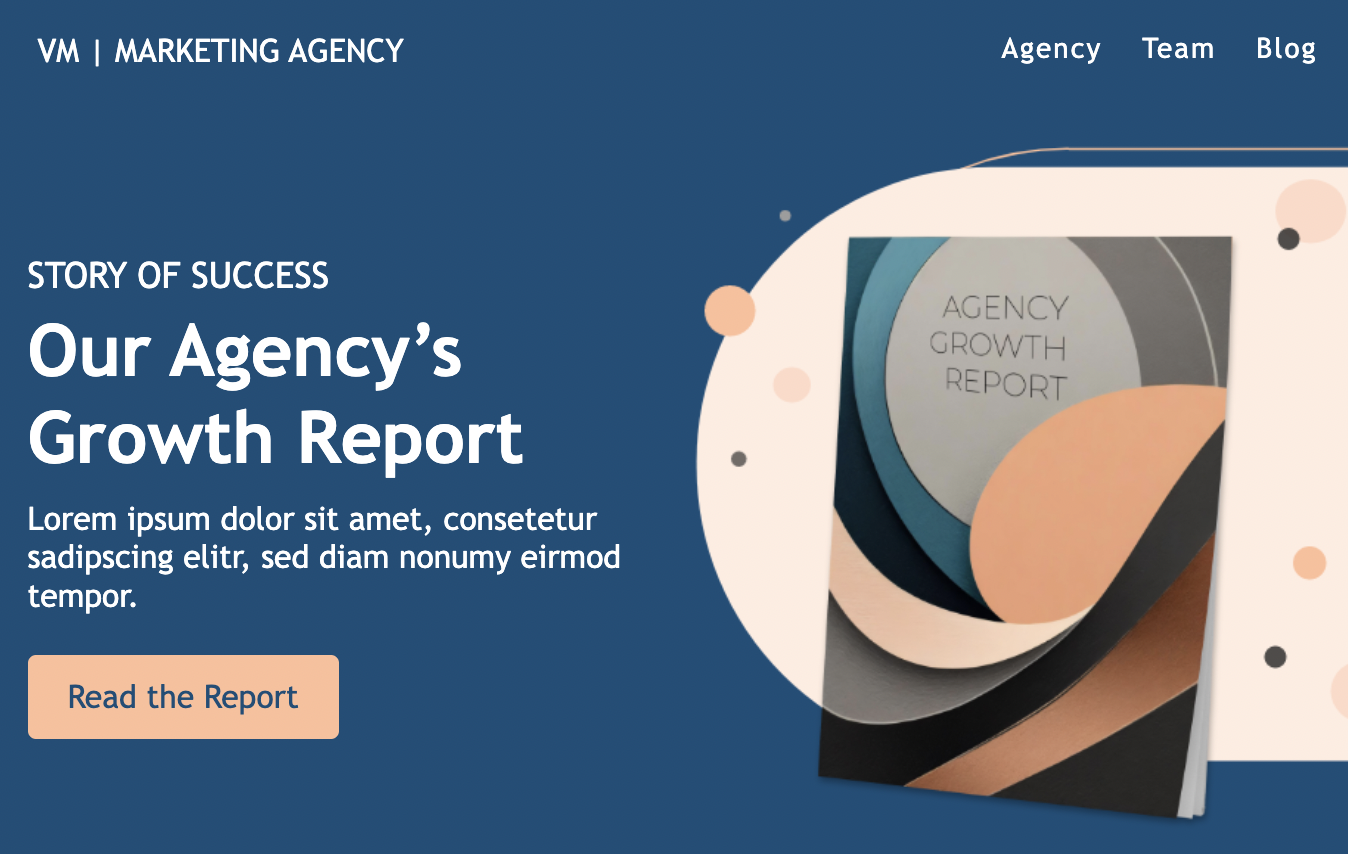For this month’s spotlight, we’re featuring Growen's (parent company of Beefree) People & Culture Director, Enrica Lipari. Enrica's role entails leading the company and it's business unit's human resource initiatives, acting on the enhancement of the cultural system, supporting the fast and sustainable growth of the group, and so much more.As a new parent with large responsibilities, Enrica shares her top tips on everything from maintaining a work-life balance, a strong company culture, and a 97% retention rate. Keep on reading!
Can you walk us through your journey as an HR professional?
Almost 20 years ago, I spontaneously decided to change my study path from Engineering to Communication Science. This shift is what catalyzed my HR career and allowed me to move from my birthplace (in the South of Italy) to Rome.I started by focusing on internal communication and organizational strategies and collaborating with some of my Professors who, at that time, were also HR Managers and Coaches. I had two internships, in a big consultancy company (where I basically learned how to approach processes and tools) and then in a very local one, where I was in charge of recruiting and training.After that, my first real working experience and love was at Neomobile (a mobile VAS Italian multinational company), where I grew to become an HR Business Partner and was offered more responsibility as an HR professional and learned a lot thanks to a lean agile change management journey. In 2016, I decided to leave my beloved company, colleagues, and city to move to Milan, where I opened a new chapter of my professional life. I accepted an opportunity to build up an HR Department from scratch for an Italian startup, where, in 2 years, I’ve passed from dust to stars and back. After being in charge of the organization's downsizing, I decided to leave for a safer choice, the big telco, where - being in charge of the Digital Transformation - I actually had time to recover, practice, and set up for my next future:
Growens and its magic galaxy.
Now, after so many years and different experiences, I can confidently say that I love working in small/medium organizations, specifically in the tech industry, where we can adopt an agile way of working. I feel like I do my best work in complex, mutable, and fast-paced environments that leverage culture, friendliness, and transparency. Such as Beefree does.One thing that I have learned in my last 20 years is that HR is all about supporting people and matching their needs/ambitions with their organizations, and that's what I have been able to do for myself and others.
How do you balance being a parent and a high-ranking professional as the People & Culture Director of Growens?
Well, I became a parent just 3 years ago, so I’m a very not experienced one (joke!).But in my short experience, I can say that it’s a matter of organization and awareness. Organization because, as usual, time is a limited resource, and assuming different responsibilities means training priority-setting skills and the ability to ask for help (easier than training to become a superhero!). As for awareness, it’s important to accept that we are not perfect, we will make mistakes, and we cannot give up! Nobody really trains you on how to become a perfect professional, but listening to your colleagues can. Nobody trains you to become the perfect parent, but your little ones will get you there.I feel pretty lucky to be able to work the job I love and be a parent, too. The key to balancing both is not to split roles: I feel like a P&C Director when I sleep, and I feel like a mother during my business meetings. I am a team player even when I’m on vacation, and I love to share moments with my family during business trips.And the true magic lies in being able to recharge, get help when needed, understand your limits, and respect your roles. This is what allows you to have the energy you need to balance both.
Working in a scale-up environment poses its own set of challenges.
What informs your decision-making and overall philosophy for your team?
Serving a tech scale-up within a fast-paced ecosystem means, above all, always being ready to be challenged. As well as avoiding the “standard” way of doing things and always pursuing our people's happiness, and working on co-designing and experimenting with different options with our stakeholders.As HR is important to take into consideration that our goal is to enable and support our people's growth and preserve and nurture our culture. Which at times can be very complex due to the several diversities (of businesses, products, Countries, etc.) At Growens, we are driven by 3 key principles:
- Transparency: We work visibly and communicate clearly, engaging in authentic and constructive relationships guided by continuous feedback;
- Simplicity: We work methodically in order to face complexity while making the usability and easy adoption of our “products;”
- Responsibility: We work on our people’s needs, providing guidance and empowering them to make decisions as individuals, as teams, and as larger organizations.
What are your tips for ensuring a company is as inclusive as possible?
I think that supporting an inclusive environment involves fostering a culture that respects and values diversity across different cultures and identities.In my experience, I find it important first to build up a distributed Committee (whose participants are volunteers representing diversities and allies we call “Grow Committee”) to start developing a Diversity and Inclusion Strategy, which is native and inclusive of different needs, practices, and points of view.Then, we find a strategy way to ensure that leaders and executives actively support and demonstrate their commitment to diversity and inclusion.In the meantime, work consistently with your core values (at Growens, those are passion, caring, trust, and open-mindedness) to encourage open dialogue and create a safe and inclusive space where all employees can voice their perspectives and concerns. At the same time, start an expert-partnered program to educate and train the entire organization through inclusivity skills training. And, of course, develop unbiased people management policies and practices adoption.Encouraging feedback is what has allowed us to be so diverse, regardless of how young we are. Through actively addressing feedback, taking appropriate actions, and continuously measuring and monitoring progress, we aim to create a safer, more inclusive environment.
Beefree has been a remote-first company since its inception.
How does your team work to ensure it’s a successful working model for its employees and the company?
We believe in people and understand that their potential can be unlocked regardless of where they work. With the Growens Way of Working (WoW), we work in a hybrid and flexible way, choosing every day how and where to work from: the office, home, or anywhere else.As P&C, to support all the people who are approaching remote work for the first time, we prepared a useful handbook with tips for performing at their best in any place. In fact, our “way of working” is not only about the location we work from, but above all, it’s about the ways we organize our work and timetables and collaborate around shared objectives.At Beefree, we even share some specific “operating principle” that enables the remote-first approach to success.While we value remote work, we do still invest in building stronger relationships by getting people together, so we budget and prioritize yearly staff and team retreats.
What are your tips on maintaining a strong company culture?
Maintaining a strong company culture is essential for creating a positive and productive work environment.The first important thing is to define, communicate, and consistently translate behaviors and decisions based on the shared core values.Secondly, it’s key to set up a functional framework based on the positive reinforcement in the feedback loop (the way people communicate and share), reward, and people development (the role model setup).A strong adopted culture should promote a healthy work-life balance, encourage innovation and risk-taking, as well as an “inspect and adapt” approach, and promote diversity and inclusion. The culture should be consistently reinforced, celebrated, and integrated into all aspects of the organization.Since we all care and feel responsible for nurturing our culture, during our last company retreat, we shared a “Cultural Onboarding Workshop” aimed at pointing out all the key elements and operating principles of the Beefree culture. The goal was to provide new hires with relevant information and aim to support the best onboarding process while reducing the attrition risk for all the teams.
What are your best tips for how companies can foster higher retention rates?
Fostering higher retention rates is crucial for the long-term success and stability of a company; however, I honestly have shifted from focusing on retention rate to growth rate since it makes more sense to me to retain people who are happy in their growth path rather than just keeping people in the company that doesn't have a strong commitment.In my experience, I have seen that being able to foster retention is about the ability to mix and balance different ingredients that have a direct impact on the present commitment. For instance, competitive salaries and benefits packages, a positive and inclusive work environment, and a well-balanced work-life ratio, together with career opportunities, recognition, rewards, supportive leadership, and positive feedback practices.Nonetheless, since every company is unique, it's important to tailor retention strategies to align with the organization's culture and values, as well as regularly assess people's satisfaction and adapt the P&C strategy efforts to meet the evolving needs.
At SaaStr, you'll be sharing all about Beefree's 97% retention rate.
Can you share a sneak peek on your talk?
Alongside Beefree's CEO, Massimo Arrigoni, we will be sharing data and surveys that illustrate just why our employee retention rate is 97%.I can anticipate that our employees appreciate a holistic approach that combines a genuinely positive work culture, fair compensation, continuous learning, intentionally open communication, and a flexible work setup. In fact, we intentionally put in place policies and practices aimed at creating an environment where people can feel valued, supported, and motivated to contribute their best to the company's success.I encourage any SaaS company looking for ways to increase their retention rates as SaaStr to join us on September 6th. Massimo and I will be diving deep into our 5 secrets to our97% retention rate. If you already have your ticket, you can save your seat here! We hope to see you there!In the meantime, check out this article by our Beefree team on Boosting Employee Retention Rates Using Email.

















